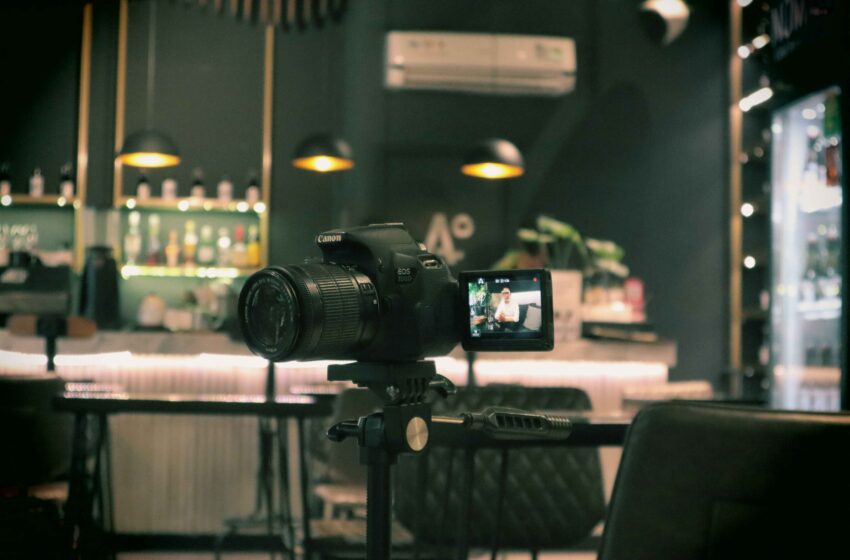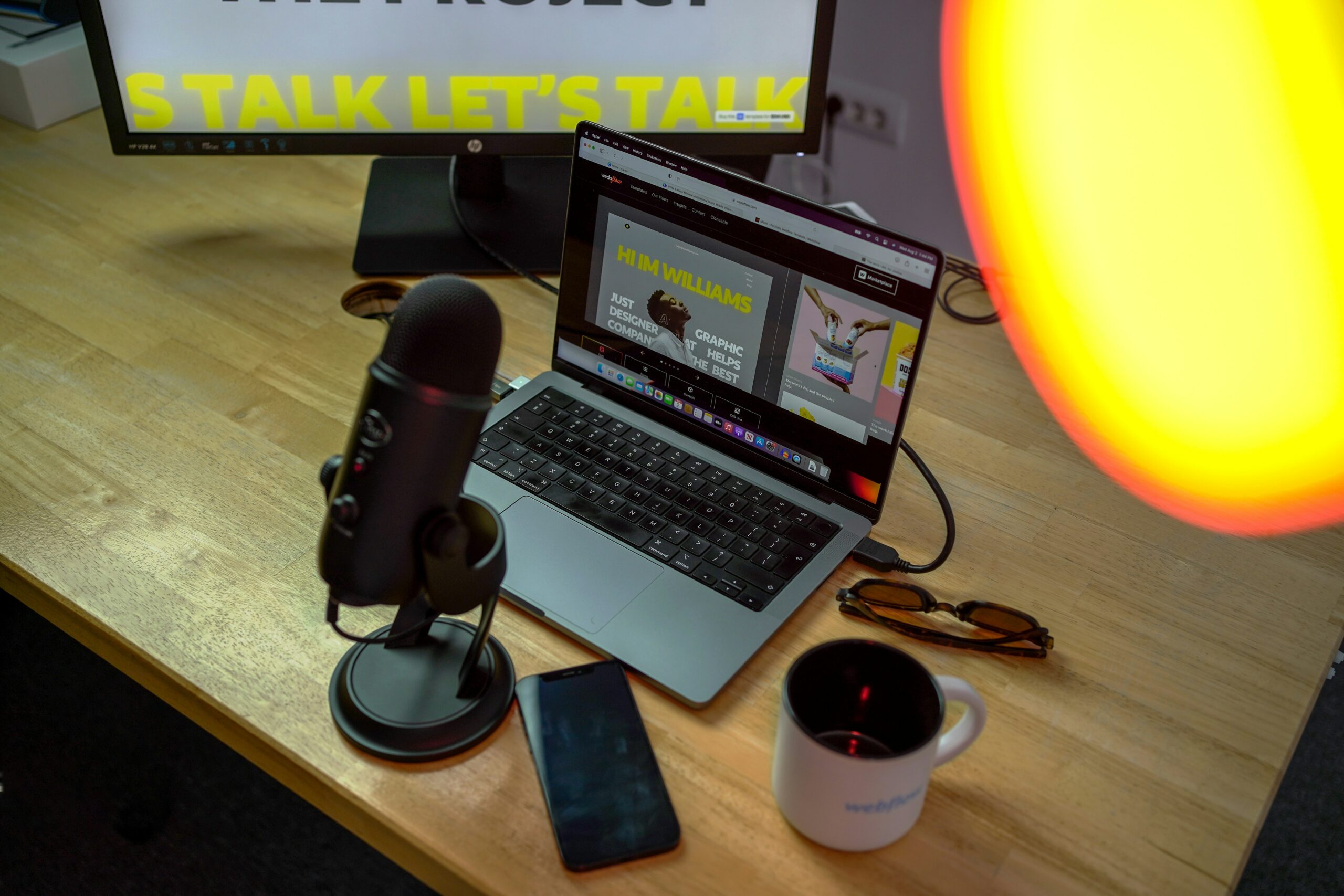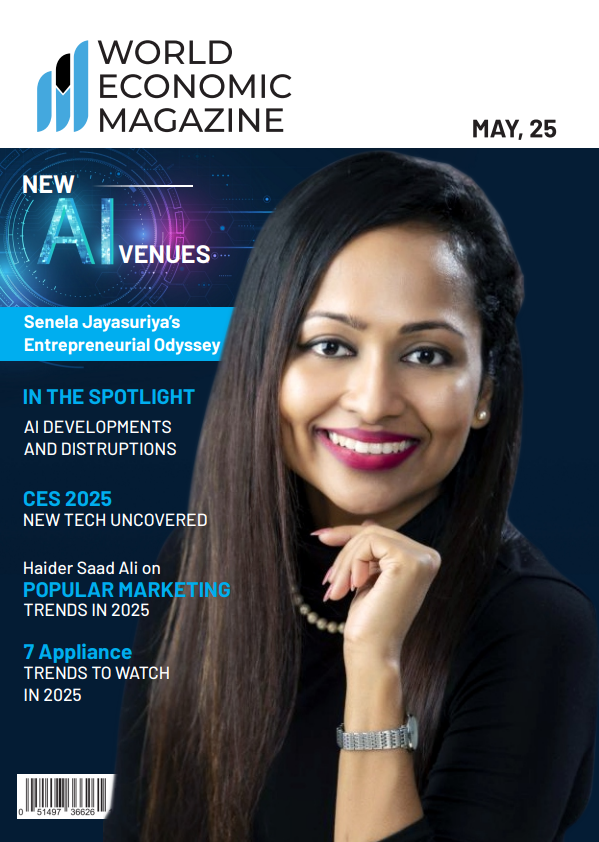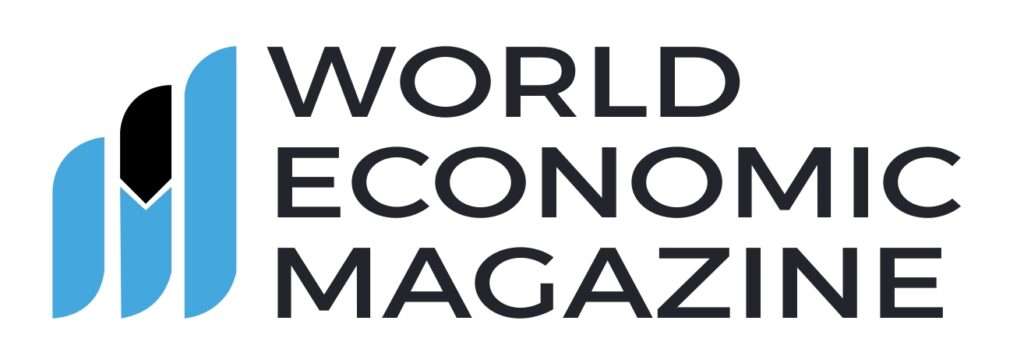
The New Face of Influence: How the UAE is Redefining Influencer Marketing
From nano creators to AI avatars, the region’s influencer marketing voice is louder—and smarter—than ever before.
A beauty tutorial filmed in a Dubai café, a 15-second travel reel shot at the edge of Al Ain’s dunes, a virtual influencer reviewing luxury perfumes—welcome to the UAE’s influencer marketing, where style meets substance and authenticity often trumps reach.
While the global influencer marketing industry is expected to surpass $24 billion in 2024 (Source: Influencer Marketing Hub), the UAE is crafting its own narrative—one that blends cultural nuance, tech innovation, and a regulatory edge that’s fast becoming the gold standard for the Middle East.
The Shift to Micro and Nano
The days of mega influencers ruling every brand deal are slowly fading in the Emirates. Brands in the UAE are increasingly turning to micro-influencers (10K–100K followers) and nano-influencers (1K–10K) for one simple reason: trust.
“Smaller creators have higher engagement and more niche communities. For a region like the UAE, with a population that’s diverse but tight-knit, that kind of authenticity is gold,” says Sarah Al Nuaimi, head of digital strategy at a major Dubai-based PR agency.
In fact, a recent YouGov survey found that 58% of UAE consumers are more likely to trust recommendations from micro-influencers than celebrities. Conversion rates are proving it too—nano influencers in the UAE have reported average engagement rates of 6–8%, well above the global Instagram average of 1.2%.
Top UAE-Based Influencers to Watch in 2025:
| Name | Niche | Followers | Known For |
| Huda Kattan | Beauty & Skincare | 52M+ | Founder of Huda Beauty; global beauty mogul |
| Khalid Al Ameri | Lifestyle & Family | 10M+ (multi-platform) | Heartwarming videos on family and culture |
| Karen Wazen | Fashion & Lifestyle | 8M+ | CEO, eyewear brand, and lifestyle icon |
| Ahmad AlNasheet | Gaming & Tech | 1.5M+ | Region’s top gaming content creator |
| Manal Rostom | Fitness & Hijab Fashion | 600K+ | Nike ambassador; known for breaking stereotypes |

And then there’s Rania AI, the UAE’s first virtual influencer, designed by a local creative studio. With over 300K followers on Instagram and an uncanny digital aesthetic, she’s already partnered with brands like Namshi and Faces.
Enter the Bots: Virtual and AI-Generated Influencers
While AI-generated influencers have seen mixed reception globally, in the UAE, they’ve found a curious and growing audience. Influencers like Rania AI are drawing attention not just for their CGI looks, but for how seamlessly they integrate into campaigns.
According to RedSeer Consulting, AI influencers in the UAE are expected to drive 15% of influencer marketing revenue by 2027. Brands benefit from zero scandal risk, total creative control, and 24/7 content capability.
“It’s about storytelling at scale,” says Noor Al Hammadi, CEO of a UAE-based tech firm specializing in avatar creation. “You can script their personality, align them to brand values, and deploy them across platforms without ever worrying about fatigue.”
Regulations: A Model for the Region
The UAE has set clear influencer licensing guidelines through the National Media Council (NMC). Any social media influencer monetizing content must hold a license costing around AED 15,000 annually. This regulatory structure has helped legitimize the industry, improve transparency, and attract more structured brand investments.
Compare this to loosely regulated markets, and the difference is stark. Fraudulent influencers, bot-following farms, and shady ad disclosures are less common in the Emirates due to these tighter rules.
What’s Working Now: Insights from Campaigns
- Etihad Airways recently launched a campaign featuring micro-influencers from 7 different nationalities, all living in the UAE, to promote its multicultural branding. The result? A 12% lift in brand sentiment and over 20K user-generated content posts in under a week.
- Dubai Tourism’s #MyDubai campaign saw nano influencers contribute over 30% of the content that eventually went viral globally, a reminder that “small but passionate” works.
- Namshi, the fashion e-commerce giant, now allocates 40% of its influencer budget to AI-generated and virtual influencers, citing “better targeting and visual consistency.”
The Road Ahead
The influencer economy in the UAE is moving beyond glam. With AI integration, multicultural content strategies, and savvy nano creators reshaping digital behavior, the model is evolving fast—and setting standards for the wider MENA region.
Expect to see more immersive content, such as AR filters and AI-powered shopping experiences, and a greater push toward values-based influencer branding—especially around sustainability, diversity, and wellness.
As Karen Wazen aptly put it in an interview:
“In the UAE, influence isn’t about being perfect. It’s about being real, being part of something bigger, and staying ahead of the curve—digitally and emotionally.”
In a place where skyscrapers reach the sky and ideas reach beyond it, the future of influence looks dazzling—and deeply intentional.
Sources:
YouGov MENA Consumer Trends Report 2024
RedSeer Consulting, “AI Influencers in MENA” Forecast
Influencer Marketing Hub, Global Industry Report 2024
UAE National Media Council guidelines
Campaign Middle East, Etihad & Namshi Case Studies
Interviews with digital strategists and agency reports
Reddit’s /r/influencermarketing community trends and insights






